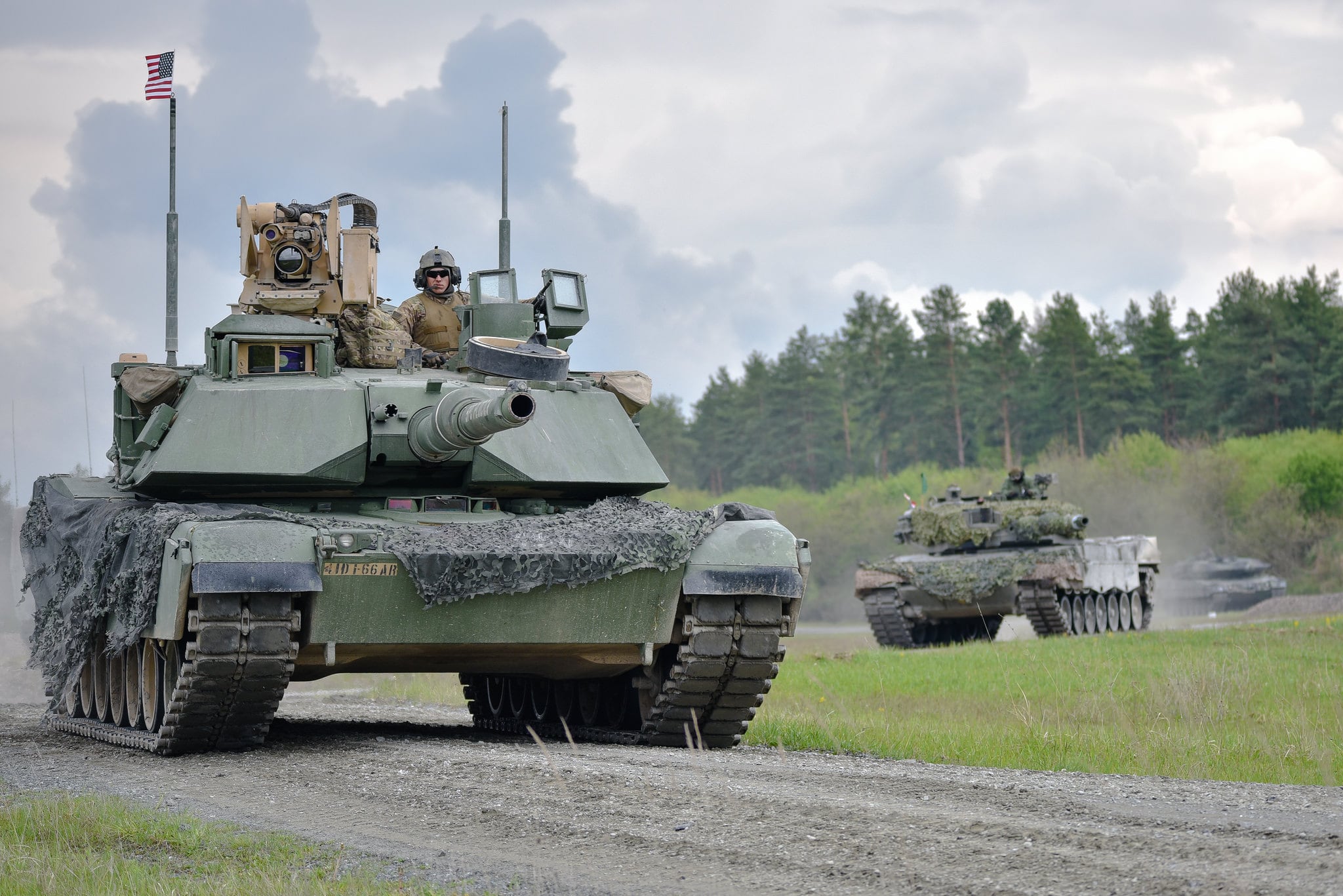Army Chief of Staff Mark Milley has hardly made a single public statement in the past three years that didn’t reiterate “readiness” as his top priority. He wanted more soldiers to be in shape, better equipped and at peak preparation to deploy at any given time.
Looking back at his tenure and ahead to his retirement next year, Milley told Army Times in a Sept. 24 interview, the service has made huge progress on that front. Now, after breaking ground on Army Futures Command headquarters in Austin, Texas, the service is looking ahead to the technology it will need to fight a more sophisticated enemy than the insurgencies it’s been steeped in for almost two decades.
“The two things that we set out at the beginning, one was readiness and the other was modernization, prepping the force of the future,” he said. “And the constant was, you know, taking care of soldiers and families.”
The key factor in making all of it happen was a bigger budget.
“We certainly didn’t do it on our own,” Milley said. “Congress has been very generous in the amount of money that the Army has received for the past couple of budgets.”
The boosts over the past couple of years “stopped the bleeding,” he added.
“In other words, we stopped this sort of downward trend that was occurring in the Army in terms of readiness, and we were on the mend,” he said.
For more coverage from the AUSA annual meeting, click here.
Manning
The Army quadrupled its total ready-to-deploy brigades over the past year, Lt. Gen. Joseph Anderson, the Army G-3/5/7, told the House Armed Services Committee in April, up from a low point of two.
Today, one third of the service’s 58 brigade combat teams are at that point, and the plan is to double that statistic in the active component by 2022.
“I think that’s an accurate assessment, that the Army is regaining readiness and lethality,” Milley said. “You know, every week, every month, slowly ― that’s what we predicted.”
Another factor has been the ramping down of operational tempo in Iraq and Afghanistan, which came with a total drawdown of end strength.
“When I first became the chief, people were actively talking about an army of 420,000, some were saying 400,000. Some were saying south of 400,000,” Milley said. “Those conversations, largely, are over.”
Now the total Army is back up to over 1 million, but there are still holes in formations, even for units preparing for deployment.
“Optimal strength, I would define as in excess of 90 percent. So if you are going to a major training event, a collective training event, ideally you want at least 90 percent of your assigned strength to go to that event,” Milley said. “So we are not there yet, because we still have gaps and holes in many of our operations units, but there are fewer gaps and holes than there were 36 months ago.”
Training
Increased funding also means more training for units working their way back to full strength. Armor and mechanized forces are doing more gunnery, Milley said, while artillery units are doing more fires exercises and attack aviation units are getting in their own reps.
“Across the board, across the entire Army, there has been a refocus,” he said. “We are hitting the sled repeatedly over and over and over again. As a result of that, we are seeing the training, the skills, the knowledge, the attributes required to fight that kind of war is improving because they are getting more practice.”
Brigades completed 19 rotations at the Army’s combat training centers in 2018, and that number is slated for 20 next year. The ultimate goal, G-3/5/7’s chief of training analysis Col. Dave Hudak told Army Times in May, would be as many as two rotations per year for every brigade.
In the meantime, units are still deploying in support of train-advise-assist missions against insurgents in the Middle East.
“While select units, if they are tagged to specifically deploy to Iraq or Afghanistan, in a counterinsurgency environment, they will be focused on that specific environment,” Milley said. “But the bulk of the Army now is back into the training for higher end type capabilities."
Equipping
Combat deployments to fight insurgencies in Iraq and Afghanistan caused quite a bit of atrophy to much of the Army’s more complex equipment, Milley said.
“We put very little demand on spare parts for the heavier side of the Army ― tanks, Bradley [Fighting Vehicles], even helicopters, for that matter, and other pieces of heavy equipment ― because the war in Iraq and the war in Afghanistan were largely fought by forces that were, essentially, on the light side of the Army,” he said. “We took many heavy units and converted them, like artillery units and air defense units and so on and so forth.”
But now that the Army is looking toward more conventional warfare in the future, armored units are back, and so is the need from factories around the country to make those parts.
“But there is a lag time in there for the manufacturers to produce the parts and then for them to get through the distribution system and so on,” Milley said. “That is resolving itself right now as we speak. This past year, we have seen a significant increase in the operational readiness rates of equipment because the parts are flowing in now, but it took a year or two actually for Army Materiel Command and the civilian industrial base to go ahead and get that system energized again.”
Modernization
While those efforts are on track, the Army also stood up a four-star command to deal exclusively with six modernization areas and a handful of individual programs nested within them.
RELATED

“We all knew we needed to do this,” Milley said of overall upgrades to the Army’s major equipment and technology. “So we analyzed it, I think pretty rigorously, as to how to do it. What was preventing us from doing it ― one of the things was a lack of unity and effort and unity of command so to speak in the area of acquisition, science, technology, research, development, and modernization writ large, hence, Army Futures Command.”
There are eight cross-functional teams up and running to handle each piece of the effort, and as budgets continue to roll over the next few years, the plan is to put more and more into fielding what are now just ideas.
“We won’t see the effects of that, you know, for six, eight, ten, 12 months,” Milley said. “And then you will start to see small little effects, but over the course of two, three, four years, you are going to see a fundamental shift I think in improvement in the modernization of the Army.”
Meghann Myers is the Pentagon bureau chief at Military Times. She covers operations, policy, personnel, leadership and other issues affecting service members.








